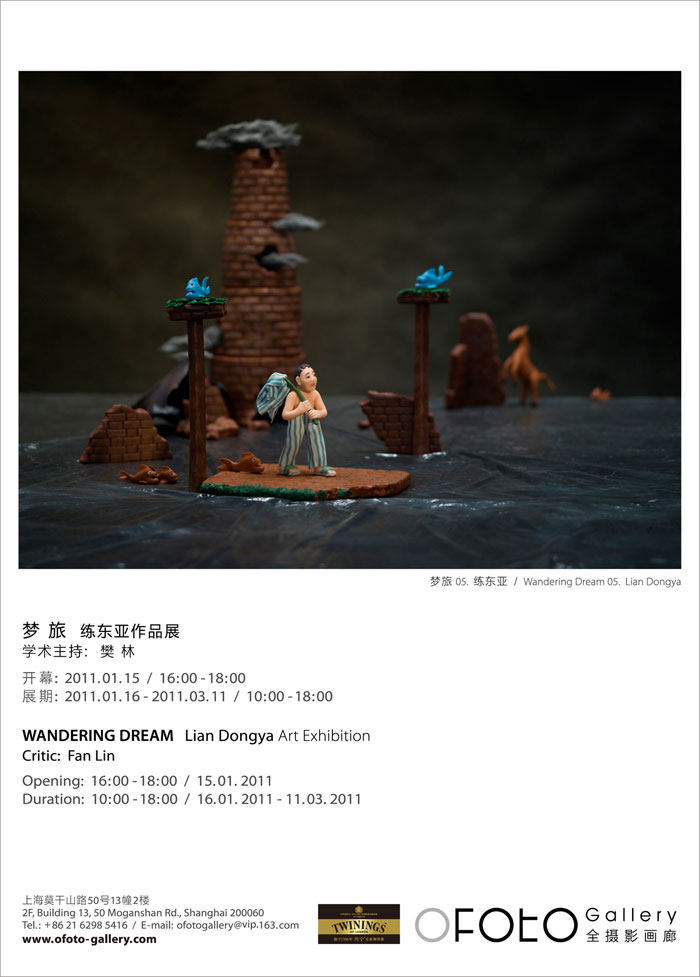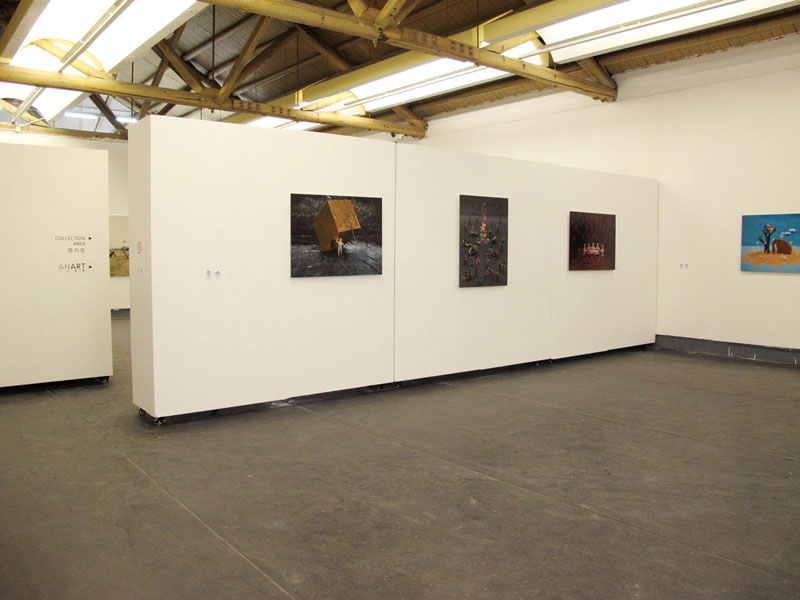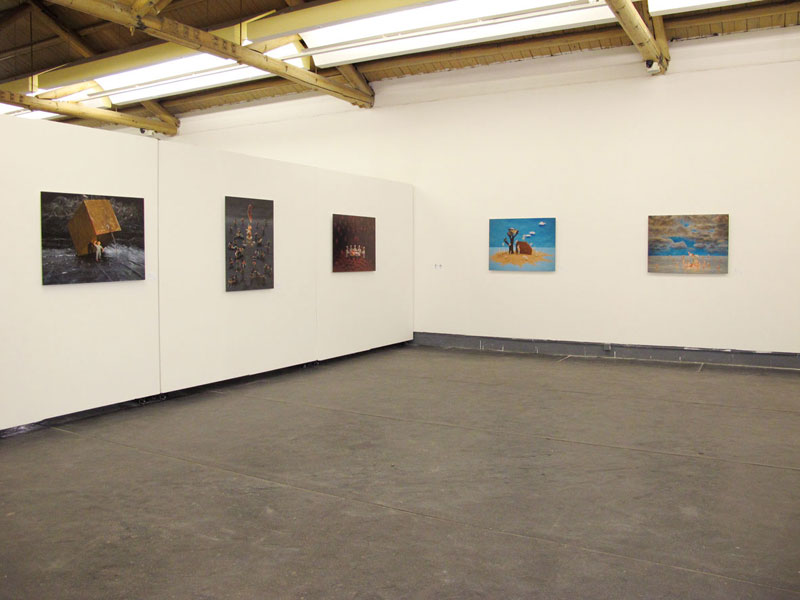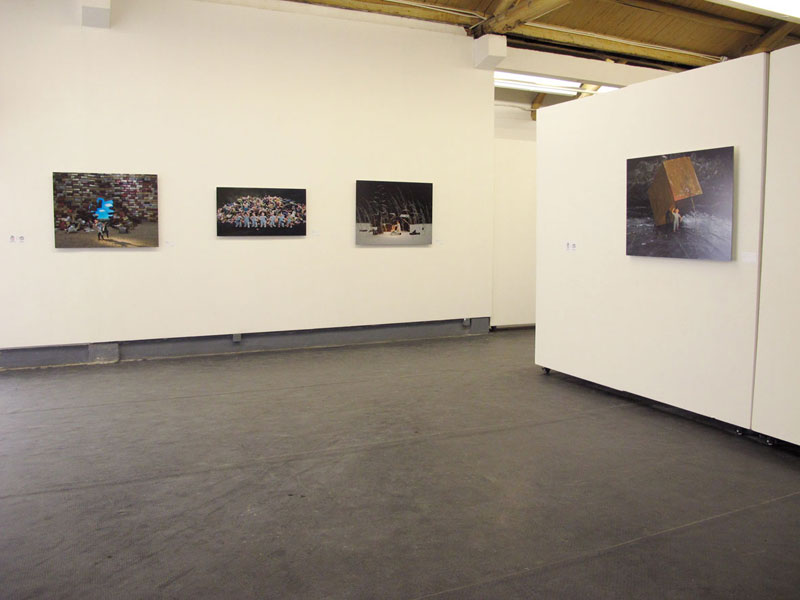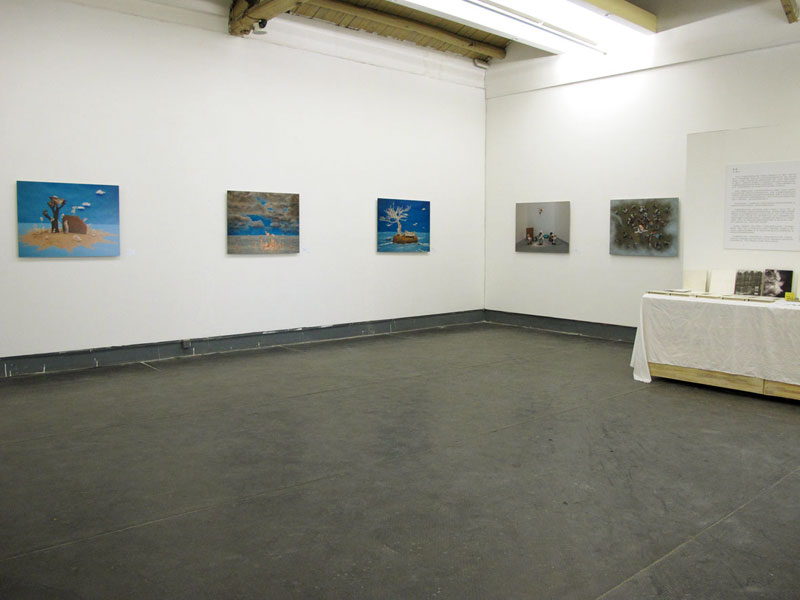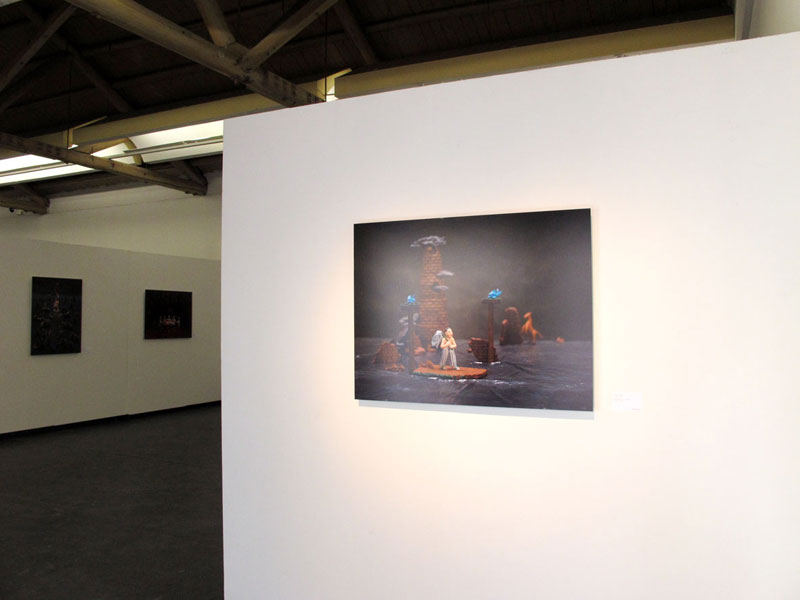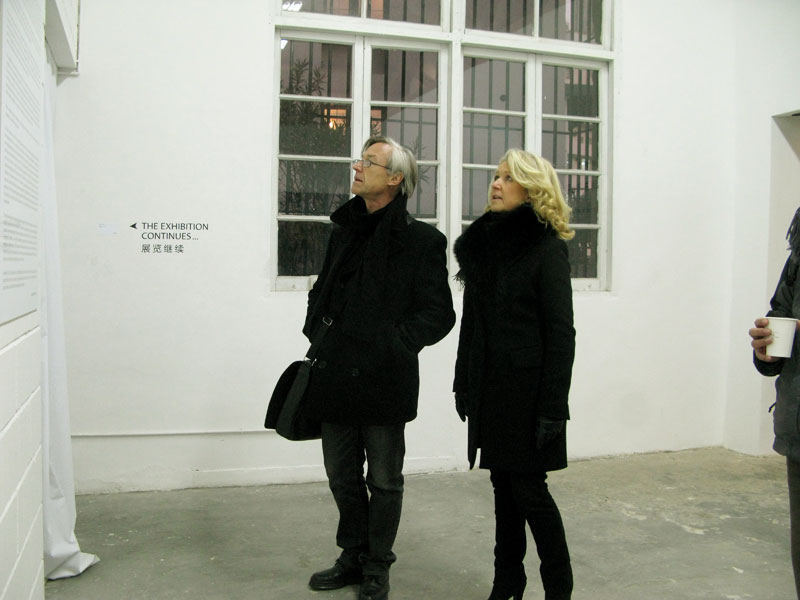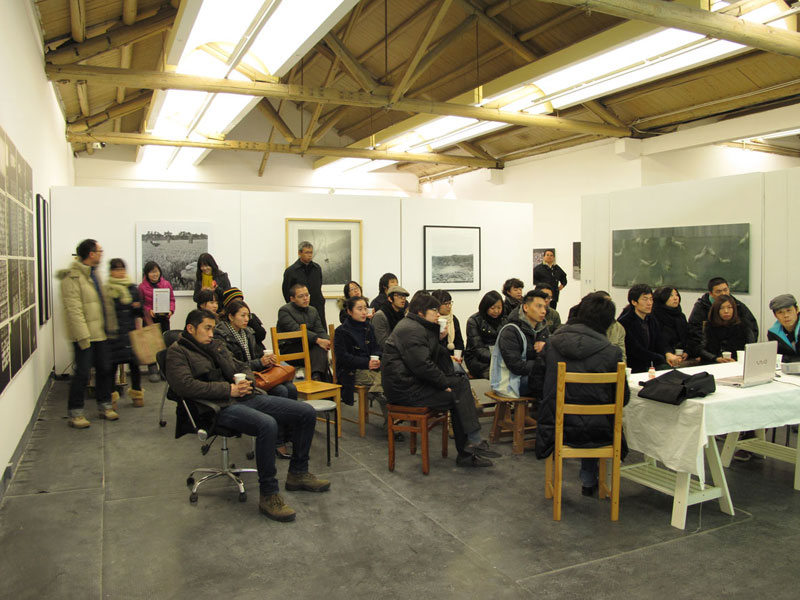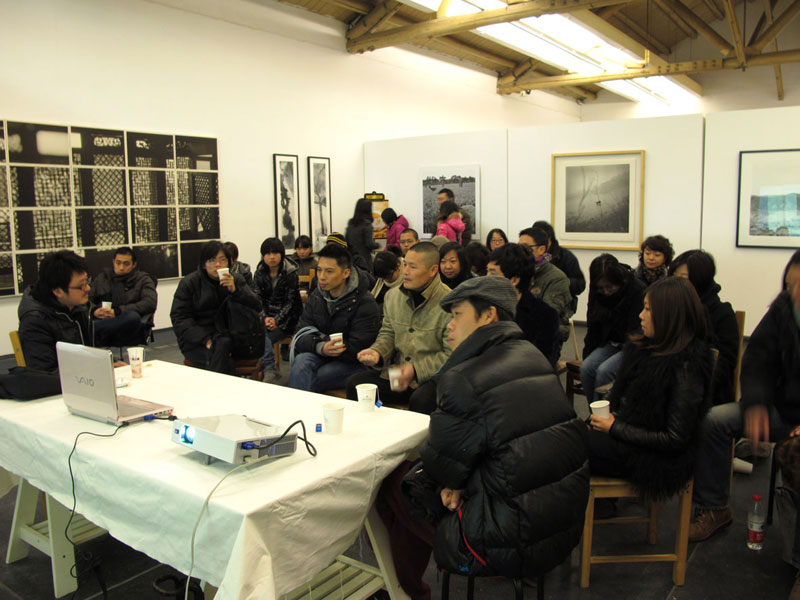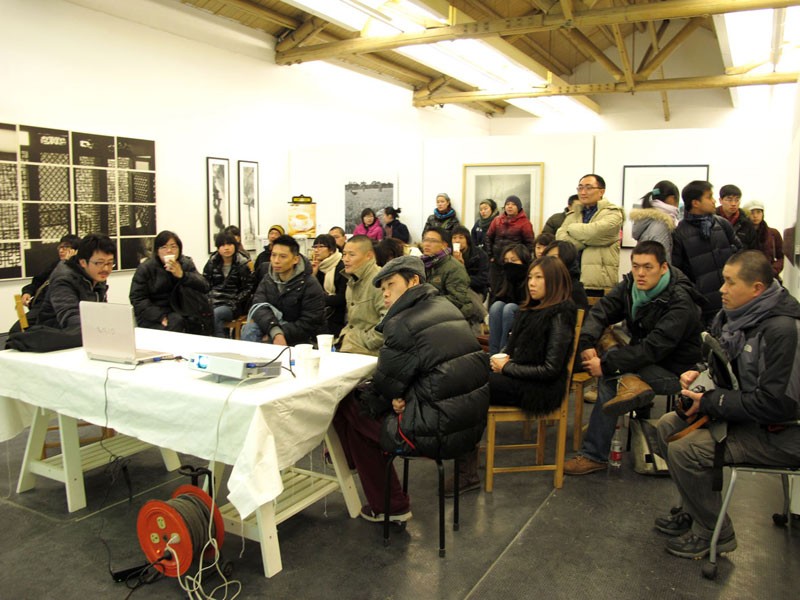Wandering Dream
by Fan Lin
In recent years, as a ‘curator’, I have been trying to give a relatively definite logic for choosing the works for an exhibition which deserves to be recommended. In some way, this is to warn myself to stay away from ambiguous, Gradually, when facing the works, I managed to catch an indistinct tendency that those works in proper personal ways lead to discussions about the relationship with the reality tend to obtain reasonable theariotical explanations and emotional response from the audience. They can stand out from numerous images and help the formation of curatorial concept. Of course, the premise is that both artists and art institutions agree with my idea.
by Fan Lin
In recent years, as a ‘curator’, I have been trying to give a relatively definite logic for choosing the works for an exhibition which deserves to be recommended. In some way, this is to warn myself to stay away from ambiguous, Gradually, when facing the works, I managed to catch an indistinct tendency that those works in proper personal ways lead to discussions about the relationship with the reality tend to obtain reasonable theariotical explanations and emotional response from the audience. They can stand out from numerous images and help the formation of curatorial concept. Of course, the premise is that both artists and art institutions agree with my idea.
The idea particularly appears to be relivant in composing a photographic exhibition. The personal significance in a photograph and personal association with a photograph comes from the artist’s attitute to the reality, which is apparently different from other art forms, because the premise of photography is the lens decideds about the trueness. How to use the trueness has become the primary factor that most photographers may consider. The personal significance and personal association in a photograph is of value to each audience as well. But in the meantime there lies a latent misestimation. Only when we try to make a difference between the content of a photograph and its meaning to ourselves, can we finally get close to the photograph’s significance.
It is in this way that Lian Dongya presents his personal photographs, which is appropriate for us to understand without our appeal for the trueness. Lian Dongya’s work doesn’t refer to the existing reality, even to the sense of trueness from the lens.
As a photographer, Lian Dongya is first a special sculptor. He has fabricated many ‘patients’ with no symptom described, only telling their identity through blue and white vertical striped patient uniform. Although a little stylized, the visual effect is clear and strong. The patients try to act in different manners, struggling between reality and dream. “Sickness” has been living along with the individuals and the whole human being for many many years. As a part of civilization, it is an existence that can’t be defeated by civilization. Those who are unfortunately captured by sickness have no choice but to fight alone with the enemy inside the body, persevering in harassment and suffering until exhaustion. It will still deprive them of the last dignity. No one knows whether the haunting sickness can be shaken off in the dream. At least, we could have some strenth to defend ourselves like warriors. Therefore, ‘Wandering Dream’ has its base on psychology.
To a greater extent, I’d rather see the whole series of ‘Wandering Dream’as a screen opposite to the reality. Instead of guiding us to view the world, the series itself is a world which borrows some typical situations from real life including physical space, events and relations; the latter is the most important. The relationships between doctors and patients are described in a magic realism style, which I believe is used as metaphor for deeper things.
As photographs, ‘Wandering Dream’ is obviously audacious and fascinating, taking us off the fear, abnormity and rebellion. The imaginary patients, as the protagonist, find a way out of dilemma and achieve a new social order and relationships. As the photograph’s own significance is combined with that from the audience, ‘Wandering Dream’ itself carries the possibility to cure the audience’s fear.
Translation: Fan Chen
翻 译:范 晨
